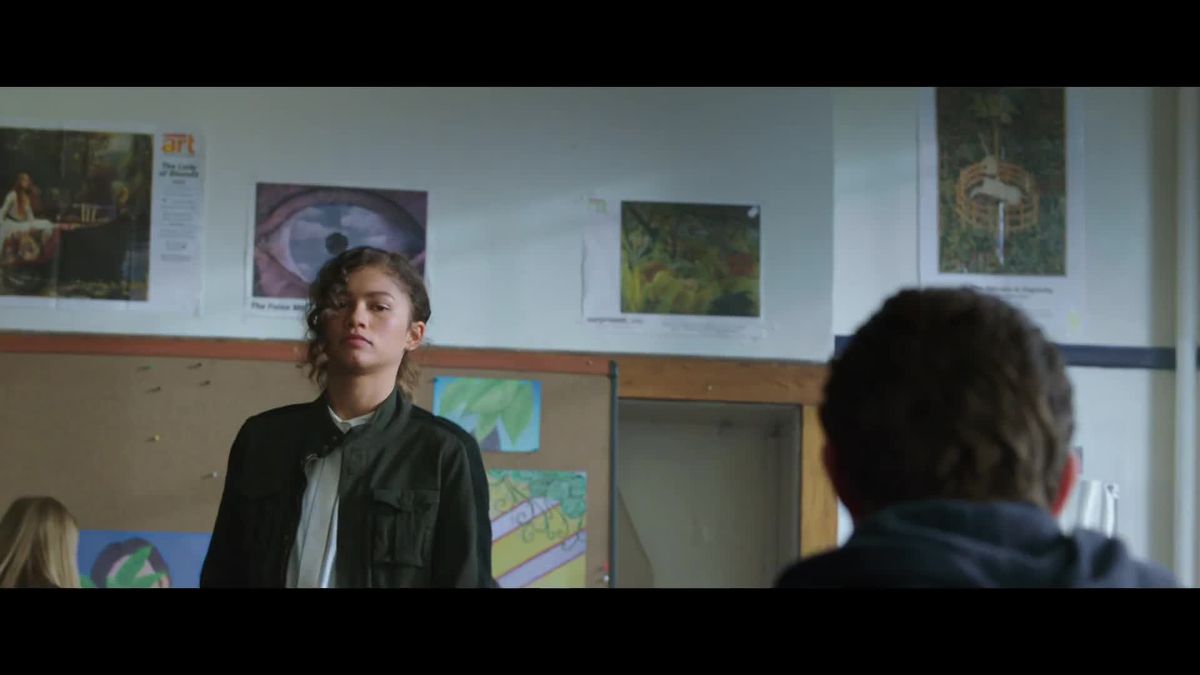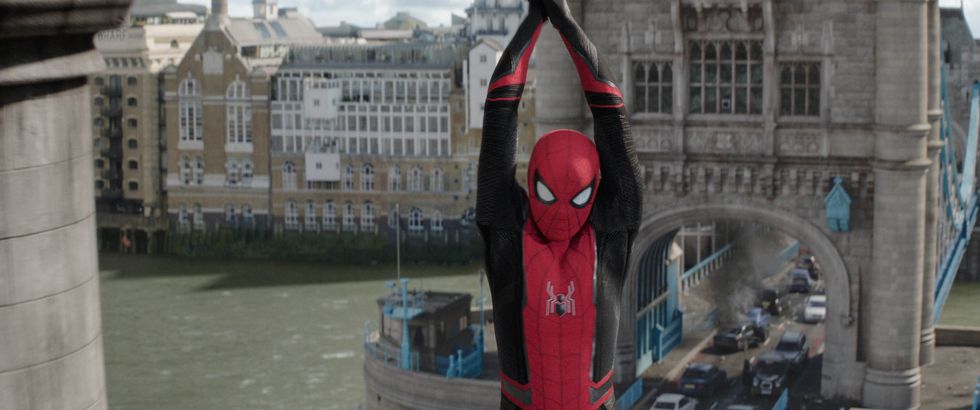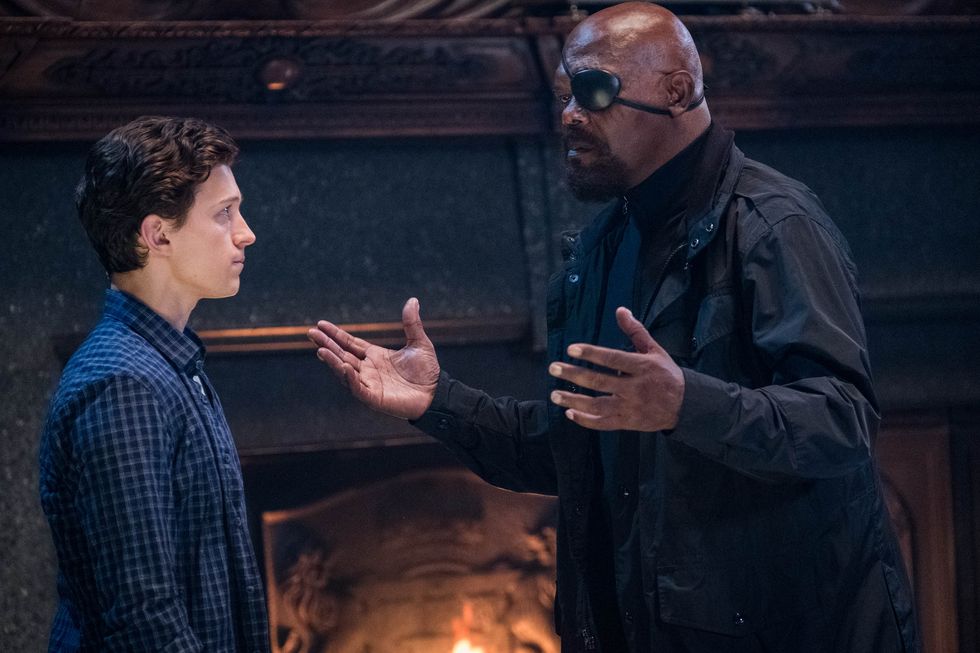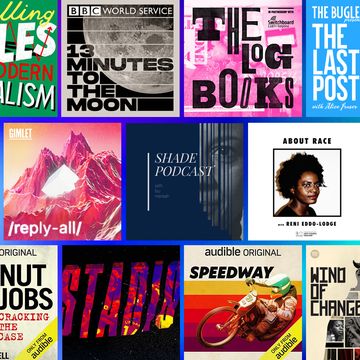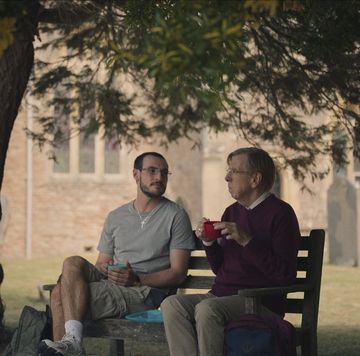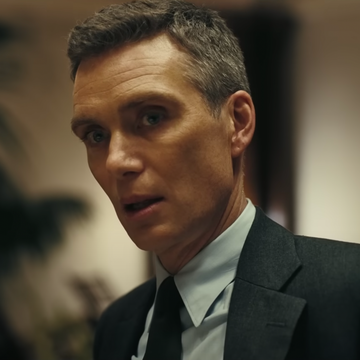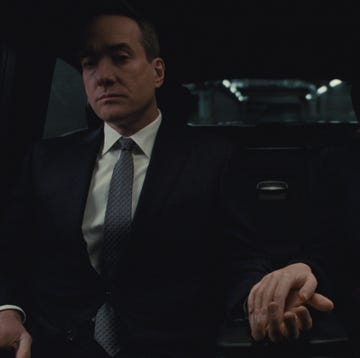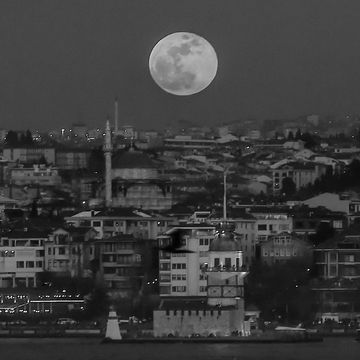Warning: This review contains spoilers for Spider-Man: Far From Home.
Tony Stark is dead. Iron Man and the jet-fuelled charisma of Robert Downey Jr. are no longer the central propulsive forces of the Marvel Cinematic Universe. A lot of characters have died and come back again in the past 11 years of the MCU. But right from the outset of Spider-Man: Far From Home, it’s made abundantly clear that, this time, Iron Man is actually gone. No magic stones. No time portals. No do-overs. He ain’t coming back. But, judging from the delirious joy of Far From Home, it seems the fun of the MCU is by no means gone with him. In fact, the sequel to Spider-Man: Homecoming is so refreshing, the loss of Iron Man may just be the best thing to ever happen to Marvel since Jon Favreau first cast Downey Jr. more than a decade ago.
In the final moments of Avengers: Endgame, the heroes gather around Tony Stark's burial grounds. There's a feeling that the MCU had come full circle along with the grief and finality of that movie. But, at the start of Far From Home, that feeling is more like a good riddance. After a quick prologue, Far From Home opens with a Comic Sans title card that says “in memoriam” in chunky stupid letters. The sequence goes on to show shitty powerpoint presentation from the high school morning news of the heroes we’d lost in Endgame, complete with Whitney Houston's “I Will Always Love You.” Right off the bat, this tonal shift from the self-serious desperation of Endgame was so insane that I felt like I was watching some sort of in-joke edit made just for the critics screening I was attending. I wasn’t, though. This was the actual movie. And, sure, after the bottomless profits, nothing Marvel does is really a “risk” anymore. But director Jon Watts’ willingness to forgo the hero worship bullshit and finally acknowledge these films for what they really are–big budget Saturday morning cartoons–felt damn-well uproarious. You can’t call Marvel movies punk rock. But Far From Home feels about as close as we’re ever going to get.
Contrary to Endgame’s thoroughly dour, mature approach to superheroes, Far From Home is centred around a group of lively and idiotic high school students. In a time when every superhero movie is jammed to the fucking brim with strong-jawed megastars, this shift toward a younger, more diverse, less well-known cast feels like a sigh of relief. Since the film is free from the sagging weight of all the endlessly complicated Avengers bullshit, we finally have the first MCU movie since Black Panther and Thor: Ragnarok that feels legitimately singular, and inspired.
Watts’ main area of concern in Far From Home is the oh-so-familiar teen angst of Spider-Man. Parker is every bit as self-sabotaging, selfish, and vulnerable as a high school superhero should be–even going so far as to brush off his superhero duties at the drop of a dime for a potential hookup with his crush. After two Spider-Man franchises full of adult men on the cusp of 30 pretending to be little boys, 23 year-old Tom Holland continues to feel like one of Kevin Feige’s greatest casting choices. Holland and Zendaya, who's playing the MCU's version of Mary Jane (or in this film, simply MJ), make for a natural yet unexpected pairing that will undoubtedly become the backbone of this stellar franchise-within-a-franchise for years to come.
In Far From Home, not only do we finally have a Peter Parker / MJ romance that actually feels like a high school relationship, but Zendaya’s take on the iconic comic book character is one of the sadly few fully realised women in the MCU. Zendaya’s MJ is tender-hearted, brooding, soulful, and socially-awkward. Peter Parker chases MJ throughout Far From Home, and just as the moody boy’s advances are always foiled by his own insecurities, MJ is similarly stunted by her pretend ambivalence. The brilliance of this MJ, and what Peter Parker seems enamoured by, is her defiantly blunt honesty and deadpan intellect–both characteristics that, like in real life, also come to burden her social connections. She’s an enigma, and in that sense, she feels real. Hopefully the era of awkwardly-written women in the MCU–such as terribly mismanaged Natasha Romanoff–has finally come to an end.
Though Robert Downey Jr. is gone, his shadow looms large over Far From Home. Parker is tasked by Samuel L. Jackson’s Nick Fury with becoming the “next Tony Stark.” For classic Spider-Man lore, it’s not the question of whether Peter Parker will step up to the challenge, but rather, how Spider-Man will come into his own. Of course Far From Home mourns the loss of Tony Stark, but it also makes the case that the MCU doesn’t need an Iron Man, or one central figure at all, to continue telling compelling stories.
But that doesn’t mean Peter Parker isn’t trying to fill that void. Like all good Spider-Man stories, Far From Home is obsessed with the paternal crutch that exists in Peter Parker’s psyche. After the loss of his Uncle Ben, Spider-Man is always looking for a father figure. Whereas Sam Raimi’s Spider-Man 2 had Alfred Molina as the stand-in father for Tobey Maguire’s Spider-Man with the brilliant yet maniacal Dr. Octavius character, the MCU’s second Spider-Man film enlists a relatively obscure comics villain for Parker to latch onto: Mysterio.
Jake Gyllenhaal's casting as The Fishbowl-Head gives us one of the actor’s most theatrical and entertaining performances in years. Of course, Mysterio is not who he seems to be, and as Peter Parker comes to terms with yet another flimsy mentor figure, Watts delights in satirising not only the stupid silver-age Spidey villain, but the MCU itself. Mysterio turns out to be, like most of the superheroes in these Marvel films, just another dude in a motion capture suit, standing in an effects studio. Like the marvellous surprises in Far From Home’s post credits section, it’s touches like this that set the new Spider-Man film away from the pack. Without the burden of Thanos, Tony Stark, a bunch of big dudes named Chris, and the whole complicated Avengers thing, the MCU feels incredibly light, and fresh, for the first time in nearly a decade.
Far From Home is the first clean step forward for the MCU in years. The film is such a joy to watch, it’s not hard to leave the cinema wishing for more–not more of the narratively-interlinking, hero-dense MCU films–but for more Spider-Man movies. After all the rubble of Endgame, it would be nice to stay close to the ground. You know, just some friendly, neighbourhood stuff for now. Especially since–and I cannot emphasise this enough–JK Simmons has returned as J. Jonah Jameson. Forgetting about Iron Man just got a whole lot easier.
Dom Nero is a staff video editor at Esquire, where he also writes about film, television, tech, and video games.

